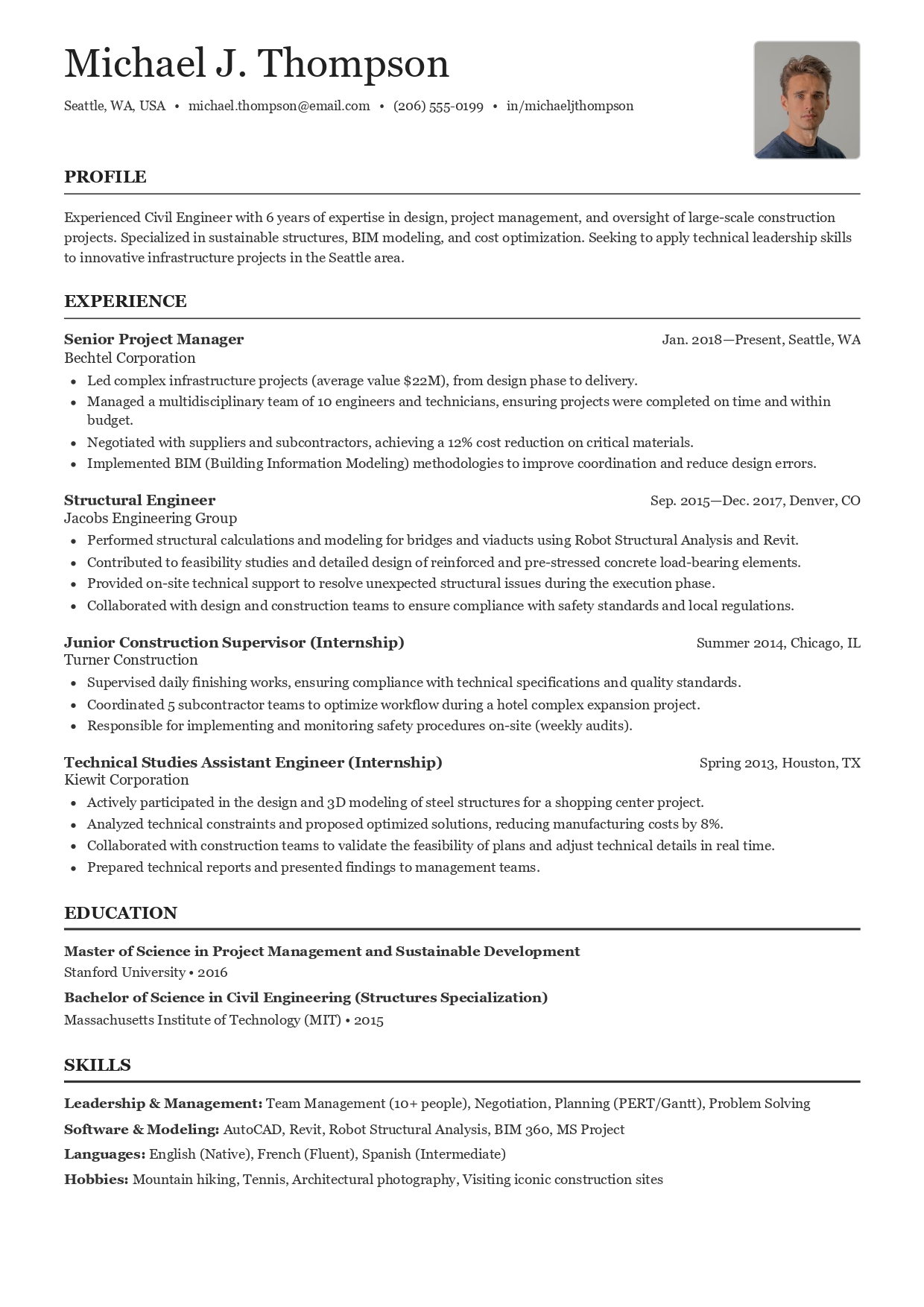Have you ever felt like you're sending your resume into a black hole? You've applied to dozens of jobs, but all you hear back is silence. It's frustrating, and it makes you wonder: what's the secret to writing a resume that actually gets a response?
The truth is, it’s not about having a fancy design or using buzzwords. A resume that gets you a job follows a specific, powerful formula. To prove it, we're going to deconstruct a real resume example that landed a candidate a highly competitive job as a Digital Marketing Manager. We'll show you not just *what* it says, but *why* it works.
The Overall Strategy: Tailoring is Everything
Before we dive into the sections, understand this: this resume wasn't sent out to 100 different companies. It was meticulously tailored for a specific job description. The candidate, let's call her Sarah, highlighted keywords and skills mentioned in the job post, ensuring her resume would pass both the automated (ATS) and human screenings.
Section 1: The Professional Summary (The Hook)
Sarah didn't use a generic objective. She used a powerful Professional Summary to create a 30-second elevator pitch.
Sarah's Summary:
Data-driven Digital Marketing Manager with 6+ years of experience developing and executing SEO and content strategies that drive organic growth. Proven ability to increase website traffic by over 300% and double marketing qualified leads (MQLs) year-over-year. Seeking to leverage expertise in marketing automation and team leadership to boost [Company Name]'s market presence.
Why it works:
- It's specific: "Digital Marketing Manager with 6+ years of experience."
- It's packed with keywords: "SEO," "content strategies," "marketing automation."
- It includes a killer achievement: "increase website traffic by over 300%."
- It's tailored: It mentions the target company's name.
Section 2: The Work Experience (The Proof)
This is where most resumes fail. They list duties, not achievements. Sarah's resume does the opposite. Every bullet point is an accomplishment, quantified with numbers.
A "Before" example (what most people write):
- Responsible for writing blog posts and managing social media.
Sarah's "After" version (what got her the job):
- Developed and executed a content strategy that grew blog traffic from 10k to 50k monthly visitors in 12 months.
- Managed 4 social media channels, increasing audience engagement by 75% through targeted campaigns and A/B testing.
Why it works: She uses the Action Verb + Quantifiable Result formula. She doesn't just say what she did; she proves the impact it had on the business. This is the single most important part of a job-winning resume.
How she structured her experience:
- Job Title, Company, Location, Dates: Standard and easy to read.
- 3-5 Bullet Points Per Role: She focused only on the most impactful and relevant achievements for the job she was targeting.
- Past Tense for Past Jobs: Simple, but a sign of professionalism.
Section 3: The Skills Section (The ATS Magnet)
Sarah's skills section is clean, categorized, and keyword-rich. This makes it easy for a recruiter to scan and ensures it gets flagged by Applicant Tracking Systems.
Sarah's Skills:
- SEO/SEM: Ahrefs, SEMrush, Google Analytics, Google Ads, Keyword Research
- Marketing Automation: HubSpot (Certified), Marketo, Mailchimp
- Social Media: Sprout Social, Hootsuite, Facebook Ads Manager
- Soft Skills: Team Leadership, Project Management, Data Analysis, Public Speaking
Why it works: The categories make her expertise clear at a glance. She lists specific tools that were mentioned in the job description, showing she has the exact technical skills required.
Section 4: Education & Certifications
As an experienced professional, Sarah kept this section short and sweet. It's placed at the bottom because her experience is now more important than her degree.
- She included her degree, university, and graduation year.
- She added a "Certifications" subsection to highlight her HubSpot certification—a huge plus for a marketing role.
Final Verdict: Why This Resume Succeeded
This resume didn't just get Sarah a job by chance. It succeeded because it was:
- Achievement-Oriented: It was a list of accomplishments, not a list of duties.
- Perfectly Tailored: It spoke the language of the job description.
- Clean and Scannable: It was easy for a busy recruiter to read in under 10 seconds.
By adopting this strategic, results-focused approach, you can transform your resume from a passive document into a powerful tool that actively works to get you in the door.
